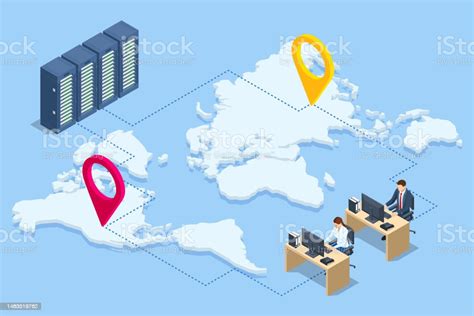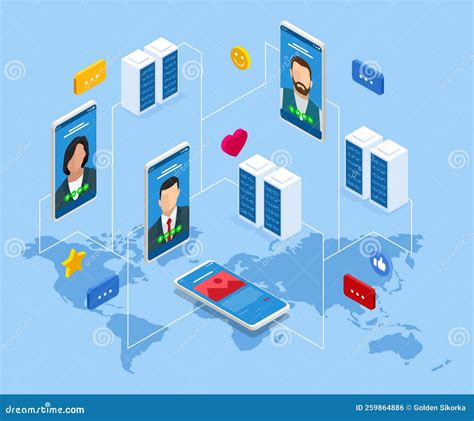🌍 AI & Telecommunications Trends – Week of August 11, 2025
Hello everyone,
This week in AI and telecommunications we’ve seen movements that aren’t just technical, but strategic and social. Here’s a clear and visual review, with explanations so any reader can understand what it’s about and why it matters.
🗣️ 1. Orange Strengthens African Languages with Local AI
Orange announced that, together with OpenAI and Meta, it will train models like Whisper (speech recognition) and LLaMA (natural language) in African languages. This means that tools like virtual assistants, translators, and support systems will be able to understand and respond in local languages, something that’s very limited today.
Implication: This could transform access to basic services (education, health, banking) for millions of people in areas where English or French aren’t predominant.
Example: A farmer in Senegal could use a voice assistant to check market prices in their native language, without depending on external translators.
 Orange drives African languages with open-weight AI models in sovereign infrastructure
Orange drives African languages with open-weight AI models in sovereign infrastructure
Source: Reuters – Orange drives African languages with open-weight AI models in sovereign infrastructure → Details how these models will be trained and how they’ll be available for governments and institutions.
☁️ 2. AWS Adds Anthropic and OpenAI Models for Businesses
Amazon Web Services will integrate into its Bedrock and SageMaker services the new Claude 4 (Anthropic) models and OpenAI’s open weight models. This means companies will be able to create chatbots, data analyzers, or recommendation systems with cutting-edge models without having to develop all the infrastructure from scratch.
Implication: SMEs and large corporations will have easier access to advanced AI for personalizing services or automating processes.
Example: A bank could use these tools to create a system that detects fraud in real-time and communicates with the customer through multiple channels (app, email, voice).
 AWS expands enterprise AI with Anthropic and OpenAI
AWS expands enterprise AI with Anthropic and OpenAI
Source: RCR Wireless – AWS expands enterprise AI with Anthropic and OpenAI → Explains the integrations and what it means for the cloud ecosystem.
🧠 3. OpenAI Releases GPT-5: More Intelligent and Versatile
OpenAI launched GPT-5 with improvements in reasoning, handling extensive information, and multimodal capability (text, image, audio). Although more accurate, it can still make basic errors.
Implication: This enables everything from medical systems that analyze images and texts simultaneously, to corporate chatbots that integrate multiple channels in a single flow.
Example: An insurance company could receive a photo of an accident, analyze it automatically, validate the policy, and give a response to the customer in seconds.
 OpenAI launches GPT-5, significant step toward AGI
OpenAI launches GPT-5, significant step toward AGI
Source: AP News – OpenAI launches GPT-5, significant step toward AGI → Summarizes the new functions and how they could impact multiple industries.
🇨🇦 4. Bell Partners with Perplexity for AI Assistants in Canada
Bell will offer one free year of Perplexity Pro to selected customers. This brings an AI assistant capable of answering questions with real-time context to homes and businesses.
Implication: The adoption of intelligent assistants in daily life could accelerate the transition toward more personalized interactions with service providers.
Example: A customer could ask the assistant about their bill status, compare plans, and schedule a change, all in a single conversation by voice or text.
 Bell partners with Perplexity to offer AI to customers
Bell partners with Perplexity to offer AI to customers
Source: RCR Wireless – Bell partners with Perplexity to offer AI to customers → Explains the offer and how the service works.
🎤 5. Voice Agents for Real-Time Customer Service
Researchers presented a system that combines speech recognition, a fast language model, and speech synthesis, all optimized to respond in less than a second. Ideal for call centers and technical support.
Implication: Companies could reduce wait times and offer more fluid service without depending exclusively on human operators.
Example: A customer calls to report a connection problem; the voice agent detects the failure, restarts the service, and confirms the solution in minutes.
 Agent voice AI for telecommunications with low latency
Agent voice AI for telecommunications with low latency
Source: arXiv – Agent voice AI for telecommunications with low latency → Details the architecture and testing in real environments.
📚 Recommended Reading
-
Customer care accounts for nearly half telco AI deployments – GSMA Intelligence report analyzing how 47% of AI deployments in telecom focus on customer care and operations.
-
Mobile Innovation Report 2025 – GSMA Foundry – Report on mobile innovation in health, logistics, autonomous networks and solving language gaps with AI.
-
The Mobile Economy 2025 – GSMA – Analysis of the global economic impact of mobile technologies and AI, with metrics on GDP contribution and employment.
-
State of the Industry Report on Mobile Money 2025 – GSMA – Study on the role of mobile technology (and by extension AI) in financial inclusion and economic growth.
-
Telco AI: State of the Market, Q2 2025 – GSMA Intelligence – Current overview of AI deployment in telecommunications, especially focused on edge computing and strategic value.
🎥 Recommended Video
Video recomendado:
The Telecoms.com Podcast: MWC 2025 special (Ericsson, AI and CityFibre panel) → Panel que explica cómo la IA (especialmente la agentiva) está transformando la automatización de redes, la experiencia de cliente y los modelos de negocio en telecomunicaciones.
💭 Week’s Reflection
This week we see how AI is being democratized in multiple ways: from access to local languages to integration in enterprise cloud services. The most interesting thing is that it’s not just about more advanced technology, but about more accessible and useful technology for more people and companies.
What do you find most relevant about these trends? Can you imagine using any of these services in your daily life or in your company? Let me know in the comments.
✍️ Claudio from ViaMind
“Dare to imagine, create and transform.”
